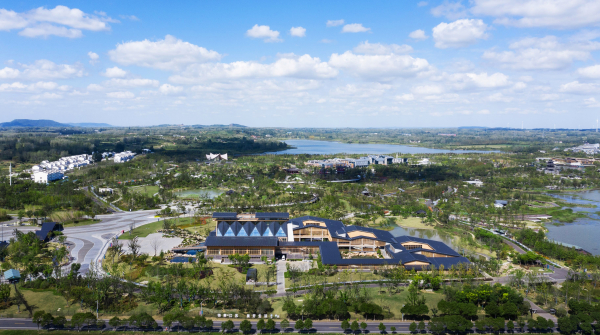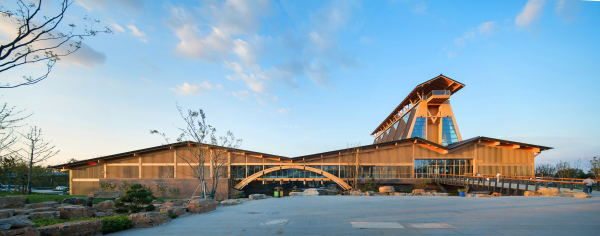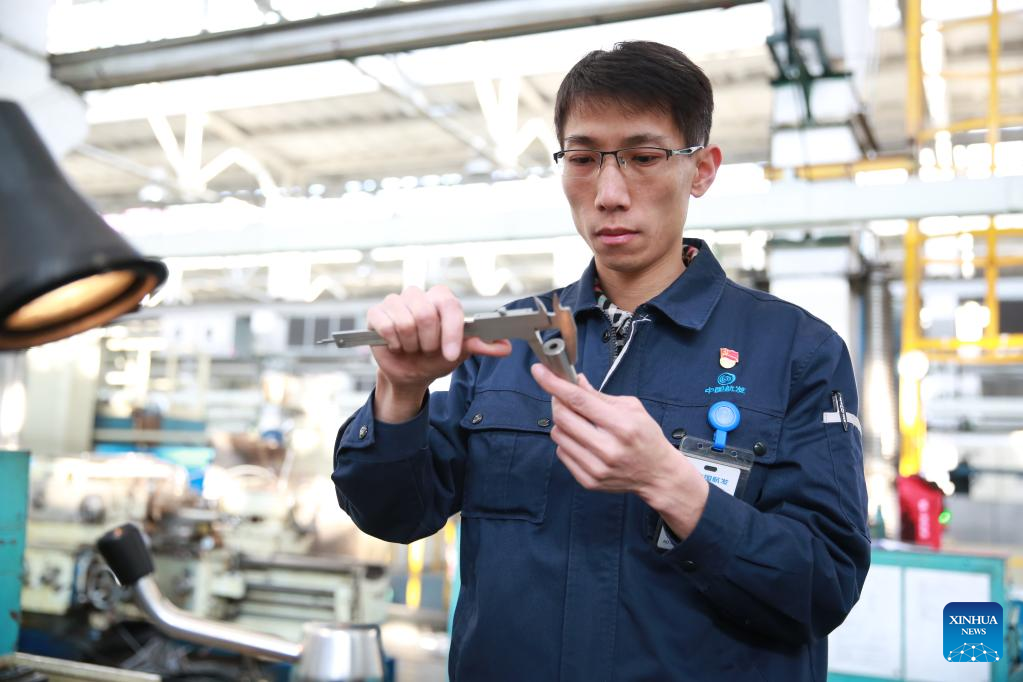The Department of Housing and Urban-Rural Development of Jiangsu Province held a press conference on June 14 to interpret an implementation plan introduced early this year to achieve the “due carbon” goal in the construction sector.
China aims to have CO2 emissions peak before 2030 and achieve carbon neutrality before 2060. In line with the goal, the provincial department and the Development and Reform Commission of Jiangsu Province jointly issued the implementation plan, which outlines important tasks in the province until 2025.

Among these tasks, Jiangsu will achieve a waste recycling rate of over 35% in urban areas, a resource utilization rate of over 75%, and a greening coverage rate of over 40% in built-up urban areas. Additionally, the floor area of prefabricated buildings will make up 50% of the total buildings under construction, while 30% of new buildings will adopt “assembled decoration”, a dry construction method where factory-manufactured interior components are assembled on-site.
The province’s carbon neutrality endeavor follows the general principle of "insisting on the urban-rural integration, considering the neighborhoods and communities, emphasizing the role of buildings, and coordinating comprehensive low-carbon transformation."
The implementation plan identifies 19 key tasks across four areas: cities, communities, buildings, and counties/villages. For cities, the six tasks include optimizing urban spatial layout, improving the sustainability of renewal projects, and strengthening the construction of new infrastructure. These efforts aim to promote low-carbon urban development and improve the safety and resilience of residents’ living environments.

The coastal province possesses a solid foundation to embark on green transformation in urban and rural construction. The province leads the nation in terms of building energy efficiency and green building practices.
Cai Yuting, director of the department’s Green Building and Science and Technology Office, said that Jiangsu's building energy efficiency standards have gradually increased from 50% to 65% and then to 75% over the past 10 years.
For example, without relying on air conditioning or heating facilities during winter, residential buildings meeting the 75% energy-saving standards maintain an average indoor temperature nearly 10 degrees higher than energy-inefficient buildings.
Meanwhile, Jiangsu has continually improved policies, regulations and technical standards for green buildings. The proportion of green buildings in new constructions has increased from 31.9% in 2015 to over 99% in 2022, 10 percentage points higher than the national average.
Contact us at english@jschina.com.cn




















